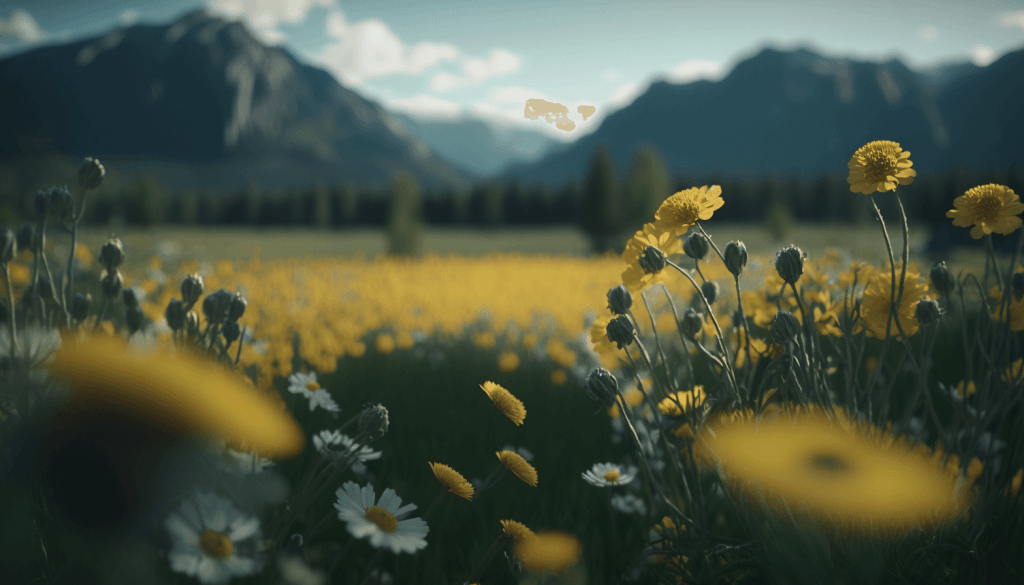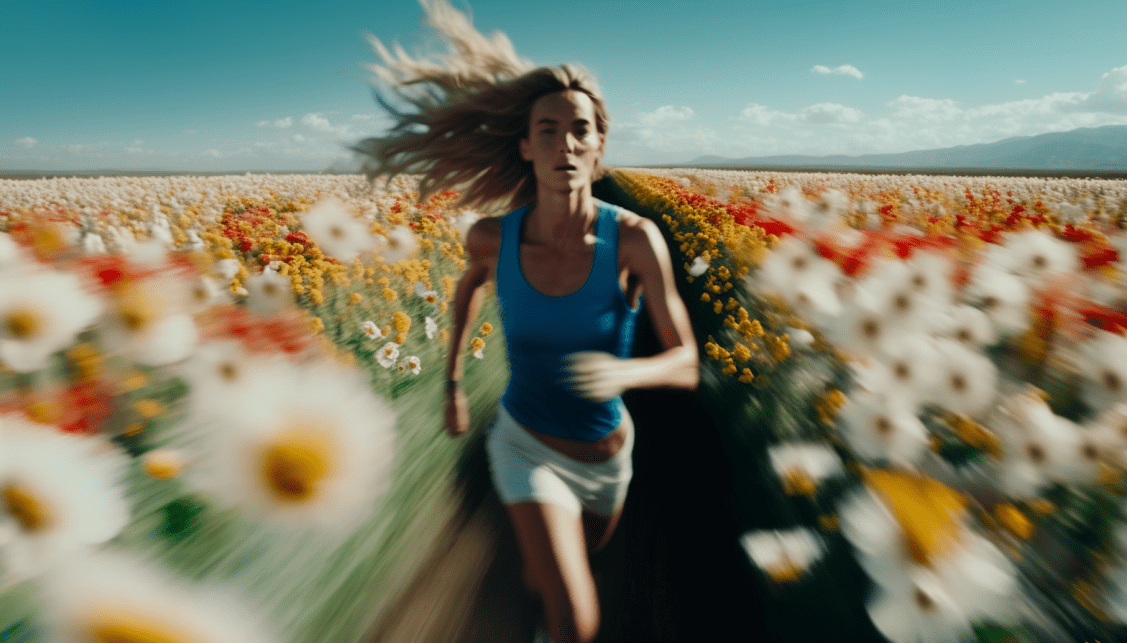Germany is a country rich in culture, history, and nature. One aspect of German culture that stands out is its language, which has a unique vocabulary of words and expressions to describe various flowers. In this guide, we will take you on a journey through some of the most popular flowers, words, and expressions in the German language.

1. Rose: The Symbol of Love and Beauty
The rose is a flower that has been a symbol of love and beauty for centuries. In German, the word for rose is “Rose,” and it is a popular name for girls. There are different types of roses, such as the red rose, which is a symbol of love, and the white rose, which symbolizes purity. It’s no surprise that this beloved flower is a popular choice for Valentine’s Day celebrations on February 14th.
2. Lily: The Flower of Life
Lilies are another popular flower in Germany, and they are known as the “Lebensblume,” which means the flower of life. Lilies come in different colors and sizes, and they are a popular choice for weddings and other celebrations. If you’re looking for other occasions to gift your loved ones with flowers, check out our Mother’s Day blog post for more ideas.
3. Tulip: The Sign of Spring
The tulip is a flower that is often associated with springtime in Germany. The word for tulip in German is “Tulpe,” and it comes in various colors. In some parts of Germany, people plant tulips in their gardens to signify the beginning of spring.
4. Daisy: The Flower of Innocence
Daisies are a beloved flower in Germany and are often associated with innocence and purity. The German word for daisy is “Gänseblümchen,” which translates to “little goose flower.” While daisies can be found in a range of colors, the classic white daisy with a yellow center is the most common. These charming blooms are a perfect way to celebrate International Women’s Day on March 8th, along with other symbols of femininity and empowerment.
5. Edelweiss: The National Flower of Germany
Edelweiss is the national flower of Germany, and it is a rare flower that grows in the Alps. The word for edelweiss in German is “Edelweiß,” and it is often associated with courage and purity. The flower has white petals and a yellow center, and it is a popular choice for souvenirs in Germany.
German Expressions with Flowers
In addition to the names of flowers, the German language has several expressions related to flowers. Here are a few examples:
1. Jemandem Blumen schenken – To give someone flowers This expression is often used to show appreciation or love for someone.
2. Blumen pflücken – To pick flowers This expression is used to describe the act of picking flowers, usually in a garden or field.
3. Etwas durch die Blume sagen – To say something indirectly This expression is used when someone wants to express something indirectly, usually to avoid hurting someone’s feelings.
4. Blumen gießen – To water flowers This expression is used to describe the act of watering flowers, usually in a garden or on a balcony.
5. Die Blumen sprechen lassen – To let the flowers speak, meaning to express emotions through flowers.
6. In voller Blüte stehen – To be in full bloom, meaning to be at the peak of one’s life or potential.
7. Sich wie eine Blume entfalten – To unfold like a flower, meaning to develop and grow naturally.
8. Er/sie ist eine echte Blume – He/she is a real flower, meaning he/she is delicate or sensitive.
German Flower Vocabulary
- die Wasserlilie (n) – water lily
- die Tulpe (n) – tulip
- die Kamille (n) – chamomile
- die Ringelblume (n) – marigold
- die Gerbera – gerberas
- die Sonnenblume (n) – sunflower
- das Vergissmeinnicht (e) – (lit. do not forget me) forget-me-not
- die Orchidee (n) – orchid
- das Weidenrösschen (-) – willowherb
- die Glockenblume (n) – bluebell
- die Chrysantheme (n) – chrysanthemum
- die Mimose (n) – mimosa
- das Veilchen – violet
- die Lilie (n) – lily
- die Gladiole (n) – gladiolus
- die Kornblume (n) – cornflower
- die Narzisse (n) – daffodil
- die Iris (-) – iris
- die Nelke (n) – clove
- das Maiglöckchen (-) – lily of the valley
- das Gänseblümchen (-) – daisy
- die Stiefmütterchen (-) – pansies (lit. affectionate stepmother)
- das Edelweiß (e) – edelweiss
- der Lavendel (-) – lavender
- der Mohn (e) – poppy
- das Schilf (e) – reeds
- der Kaktus (Kakteen / Kaktusse) – cactus
- das Schneeglöckchen (-) – snowdrop
- die Aloe (n) – aloe
German flowers can be used to describe colors
In the German language, colors are often described using compound words that combine the names of two or more colors to create a new one. For example, “mohnrot” is a combination of “mohn” (poppy) and “rot” (red), which creates a unique shade of red that is reminiscent of the color of poppies. Similarly, “rosenrot” is a combination of “rose” (pink) and “rot” (red), which creates a hue that is somewhere between pink and red.
Sometimes, the distinctions between similar colors can be subtle but significant. For instance, the colors “rosa” and “rosenrot” both contain the word “rose,” but they refer to different shades. “Rosa” is a soft, delicate shade of pink, while “rosenrot” is a deeper, richer shade of pink that is closer to red. The difference between these two colors may seem small, but it can have a big impact on how they are perceived and used.
In addition to their direct meanings, colors in the German language can also have figurative meanings. For example, the color “veilchenblau” is a combination of “veilchen” (violet) and “blau” (blue), and it refers not just to the color of violets, but also to their delicate and elusive nature. This color is often used to describe things that are ethereal or delicate, such as a soft and gentle voice or a subtle and nuanced argument.
Understanding the nuances can be incredibly useful when it comes to communication. By using the right words to describe a color, you can convey not just its direct shade, but also its characteristic tones and shades. For example, if you want to describe a deep shade of red, you could use the word “weinrot” (wine-red), which conveys both the color’s depth and its association with wine.
Do you want to get your German language learning planner?
Dive into a World of German Mastery with Leo. Over 7500 enthusiasts are already unlocking the secrets to fluency with our tailored strategies, tips, and now, the German language learning planner. Secure yours today and transform your language journey with me!






